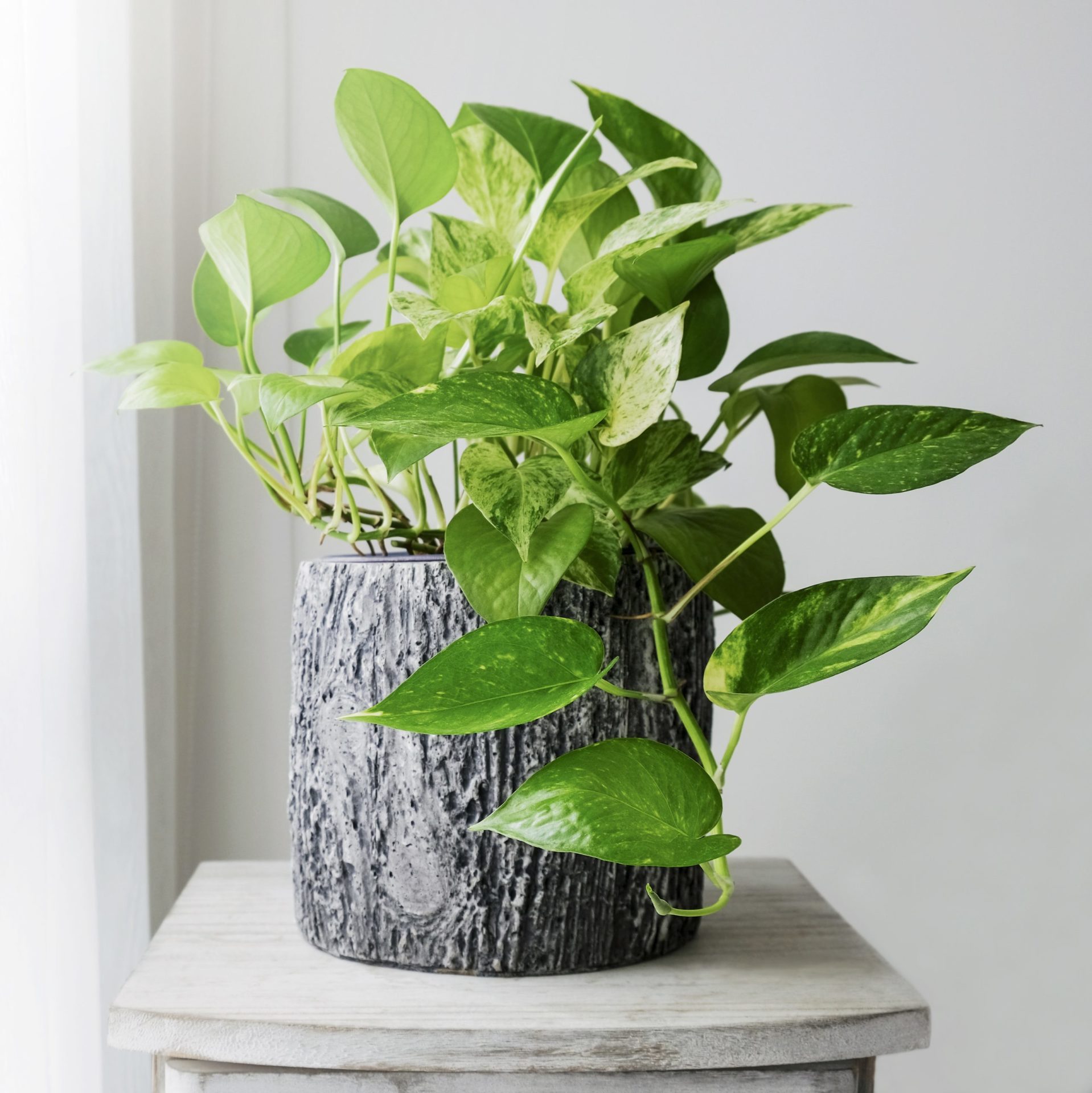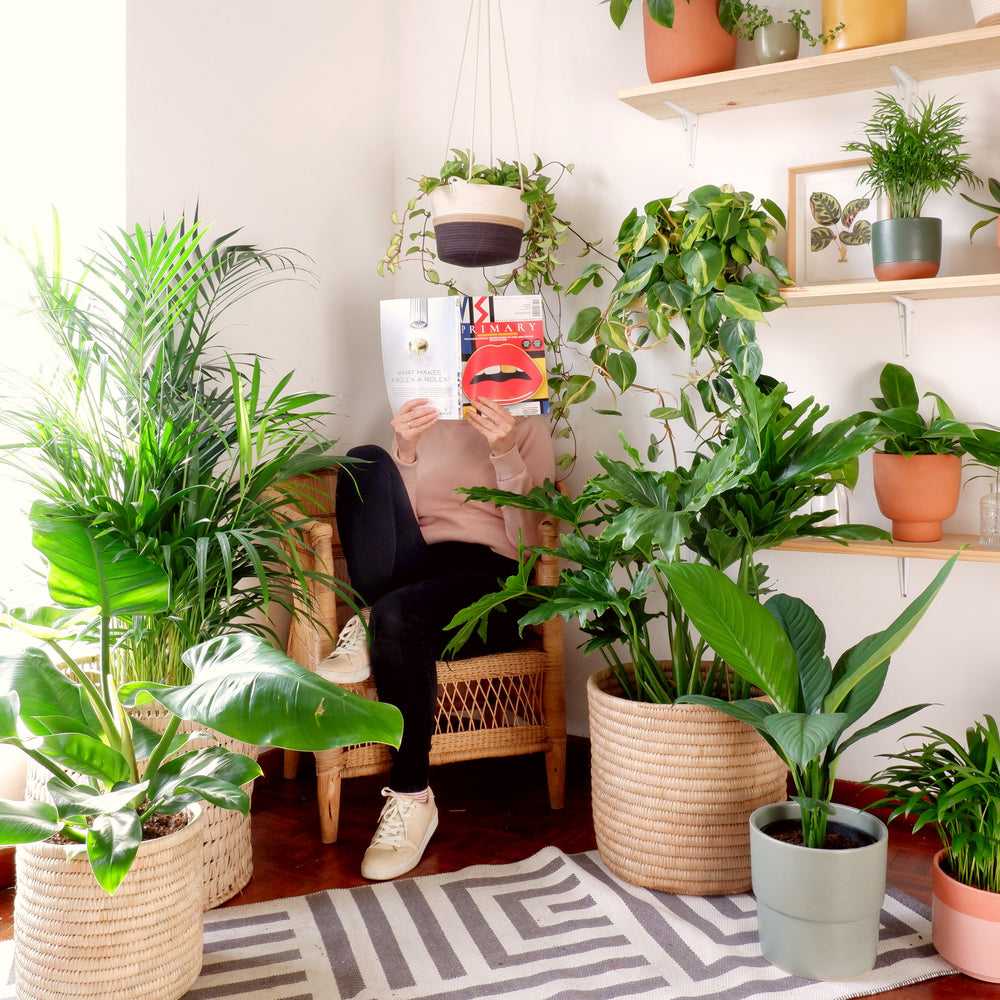Best Low-Light Indoor Plants That Add Greenery to Any Space with Little Light
Best Low-Light Indoor Plants That Add Greenery to Any Space with Little Light
Blog Article
Explore the Special Benefits of Low-Light Indoor Plants for Your Living Room
Integrating low-light indoor plants into your living space provides a wide range of advantages that expand much past simple visual appeals. These sturdy plants not only prosper in atmospheres with limited sunlight however likewise offer vital features such as air filtration and humidity enhancement.
Air Purification Advantages
Low-light interior plants not only improve the visual appeal of living areas yet also play a significant function in air purification. Study has shown that certain plant varieties can successfully remove typical interior contaminants, consisting of trichloroethylene, benzene, and formaldehyde. These compounds often originate from household products such as furnishings, cleaning products, and structure products, adding to interior air quality concerns.
Plants such as the snake plant, pothos, and tranquility lily are particularly skilled at filtering harmful compounds from the air while flourishing in low-light problems. The process of phytoremediation, in which plants absorb and metabolize toxic substances, enables these types to add substantially to a healthier indoor atmosphere. In addition, through photosynthesis, plants launch oxygen, better enhancing air high quality.
Including low-light indoor plants into office or home spaces not only offers aesthetic advantages yet additionally works as a useful method for boosting air quality. By selecting the best types, people can develop a setting that advertises health and reduces exposure to unsafe pollutants, making these plants a necessary element in modern indoor living.

Mood Enhancement Effects
Numerous research studies have shown that incorporating indoor plants can substantially improve mood and total emotional well-being. The presence of greenery in indoor atmospheres has actually been connected to reduced stress degrees, boosted sensations of calmness, and enhanced psychological health and wellness. Low-light interior plants, specifically, flourish in atmospheres where all-natural light is limited, making them best for numerous living spaces.
Research suggests that communicating with plants can promote the launch of serotonin, a neurotransmitter related to sensations of happiness and well-being. Additionally, the act of taking care of plants fosters a feeling of obligation and achievement, further adding to positive psychological health results. Low-light plants such as serpent plants, pothos, and peace lilies have been revealed to improve air high quality, which is inherently linked to mood improvement.
Incorporating these plants into your office or home can create a tranquil ambience, providing a aesthetic and sensory escape from the stress of day-to-day life - Best low-light indoor plants. As people spend boosting quantities of time indoors, the mood-enhancing impacts of low-light interior plants become a lot more essential, providing not only visual allure yet likewise an extensive effect on emotional health
Reduced Maintenance Demands
For those seeking to enhance their indoor areas without a significant time commitment, low-light interior plants are a suitable selection as a result of their reduced upkeep needs. These resilient plants thrive in less-than-ideal lighting problems, making them excellent for homes and offices where all-natural sunshine is restricted.

Pest resistance is one more advantage of low-light interior plants. Numerous selections are much less susceptible to usual bugs, decreasing the demand for continuous monitoring and treatment. These plants normally grow extra slowly than their high-light counterparts, suggesting much less regular repotting and pruning are required.
Aesthetic Allure and Flexibility

Additionally, see post these plants can be prepared in myriad means, whether in teams for a rich effect or as standalone attributes to attract the eye. The options of planter styles-- from sleek ceramic pots to rustic wood this post containers-- additionally enhance their visual worth, enabling property owners to express their individual design.
Furthermore, low-light plants can be strategically positioned in locations that may or else feel overlooked, such as edges or poorly lit shelves, thereby optimizing their ornamental potential. Inevitably, the combination of their striking look and versatility makes low-light interior plants an important addition to any type of living space, developing a welcoming atmosphere that advertises well-being and leisure.
Improved Moisture Levels
Enhancing indoor moisture degrees is among the substantial benefits of incorporating low-light interior plants right into living areas. These plants naturally launch moisture vapor via a process referred to as transpiration, which happens when water soaked up by the roots relocates through the plant and evaporates from the fallen leaves. This process not just increases moisture yet additionally adds to a healthier interior environment.
Enhanced moisture degrees can ease various health and wellness concerns, such as completely dry skin, breathing issues, and allergic reactions. Numerous people experience pain in dry indoor conditions, especially throughout winter season when furnace are in usage. By purposefully placing low-light plants throughout your home, you can create a much more well balanced moisture degree that fosters general health.
Moreover, certain low-light indoor plants, like peace lilies and spider plants, are particularly effective at enhancing humidity (Best low-light indoor plants). Thus, low-light indoor plants offer both visual and useful objectives, advertising read what he said a much healthier atmosphere.
Conclusion
In recap, low-light interior plants offer countless advantages that contribute to a much healthier and a lot more welcoming living area. Incorporating these durable plants into indoor settings not just elevates the setting however also advertises overall health, establishing a peaceful sanctuary for residents.
Plants such as the snake plant, pothos, and tranquility lily are specifically adept at filtering unsafe substances from the air while thriving in low-light conditions. Low-light plants such as snake plants, pothos, and peace lilies have been shown to enhance air high quality, which is fundamentally connected to state of mind improvement.
Low-light interior plants, such as serpent plants, pothos, and ZZ plants, not only improve the visual landscape of a space however likewise introduce different structures and shades of green that can match diverse interior styles. These plants normally launch dampness vapor via a procedure recognized as transpiration, which takes place when water soaked up by the origins relocates with the plant and evaporates from the leaves.Furthermore, certain low-light indoor plants, like peace lilies and spider plants, are specifically efficient at enhancing humidity.
Report this page